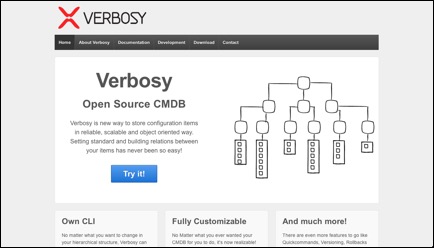"Rhetorical Web Design: Thinking Critically about Ready-Made Web Templates and the Problem of Ease"
|
Jason ThamJason Tham is a PhD student in the Rhetoric and Scientific and Technical Communication program at the University of Minnesota in Twin Cities. His current research includes connected knowledge making and sharing, digital and visual rhetorics, and new inventions in writing and communication technology. His scholarly works have appeared in Journalism & Mass Communication Quarterly, Intercom, and Digital America: Journal of Digital Culture and American Life. ContentsOf Ease & Efficiency: The Problem with Template-Driven Web Designs Agency, Techne, and Extreme Usability Agency, Techne, and Extreme Usability Analysis of a Template: WordPress.com |
Analysis of a Template: WordPress.com, Cont.Because the template remains static and is the same for every user who chooses this design for their website, the interface fades into the background and users are only able to enact and understand identities through limited representation of themselves, rather than a tightly controlled depiction. In my case, I was what my template allowed me to be. Other users, when attempting to construct their own pages using the template theme, face similar restrictions due to the template design. Figures 5 and 6 show two examples of Responsive Theme used for commercial purposes.  Figure 5 - Responsive Theme Used by http://verbosy.com
 Figure 6 - Responsive Theme Used by http://taxiprinters.comThe main wireframe of the theme remains the unchangeable anatomy of these websites even though their designers have tried to “personalize” the respective pages by changing te pages’ background (color and visual texture) and landing page image. The typography, font size, and even text alignment on these websites remain identical and inalterable. Needless to say, this causes a lack of originality and personality in these commercial pages. Underneath the skin of the template, I am also locked into the authoring and publishing conventions predetermined by WordPress. It doesn’t take an expert to notice the posting rules imposed by a CMS like WordPress: blog-like writing space, designated heading levels, and CSS[1] dispositions. The publishing dashboard prompts the web designer to provide a title for each parent page, otherwise the main menu bar would be incomplete owing to missing labels. Further, since WordPress relies quite heavily on plugins[2] to extend its features, a ready-made template like Responsive Theme requires plugins that are compatible with the theme in order for them to work. It is not uncommon for templates to fall short in this area since the main attention is given to the basic wireframe of the pages and not their expanded features. All of the limitations sketched here are merely scratching the surface of the problems with template-driven web design and development. Other issues such as commentary and social sharing functionality, widget setups, HTML formatting, and SEO practices also contribute to the flaws in ready-made templates. These shortcomings, combined with the visual restrictions of web templates, lead to problematic user experience and web communication. In the last section of this essay, I discuss several recommendations to heighten rhetorical consciousness in web design and development. ____________________________________________________________________ [1] CSS (Cascading Style Sheet) is a language used for describing the presentation of a document written in a markup language. [2] Plugins are ways to extend and add to the functionality that already exists in WordPress. The core of WordPress is designed to be lean and lightweight, to maximize flexibility and minimize code bloat. Plugins then offer custom functions and features so that each user can tailor their site to their specific needs. |